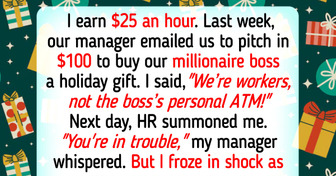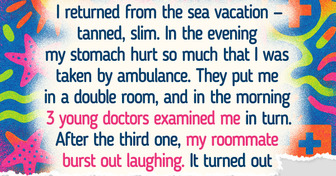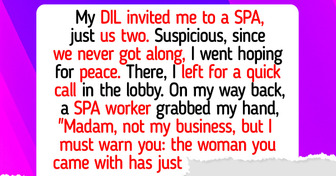My Parents Treated My Sister Like a Princess and Me Like Nothing—Big Mistake

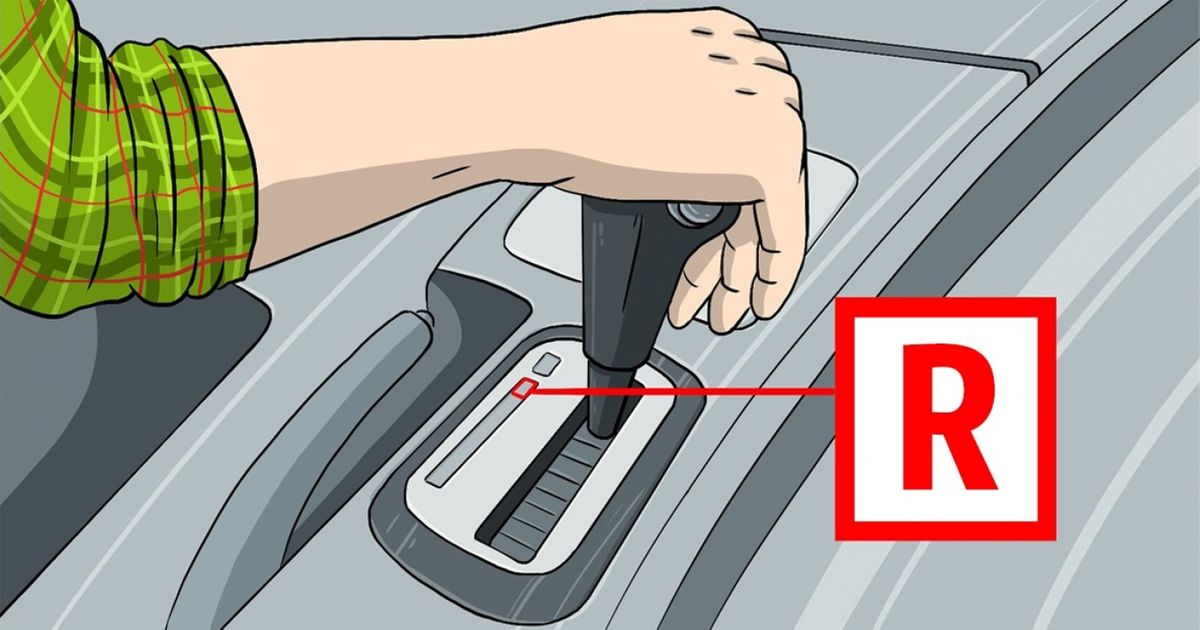
While modern cars have lots of safety features and a computer which keeps everything running smoothly, including blocking the conflicting commands and warning the driver about potential issues, it is still a good idea to avoid doing certain things.
Bright Side selected a few things you should NOT do with your car.
If you happen to do it accidentally while driving with reasonable high speed, nothing bad will happen. Modern cars have many safety features to prevent these sorts of things. Anyhow, just don’t do it.
Another thing you should avoid is selecting “reverse” while driving. Although the computer system in your car should ignore the command “reverse” and nothing will probably happen, it is just not a good idea.
Do not try it. The computer in your car will block this command for safety reason, but giving conflicting orders may eventually damage your car.
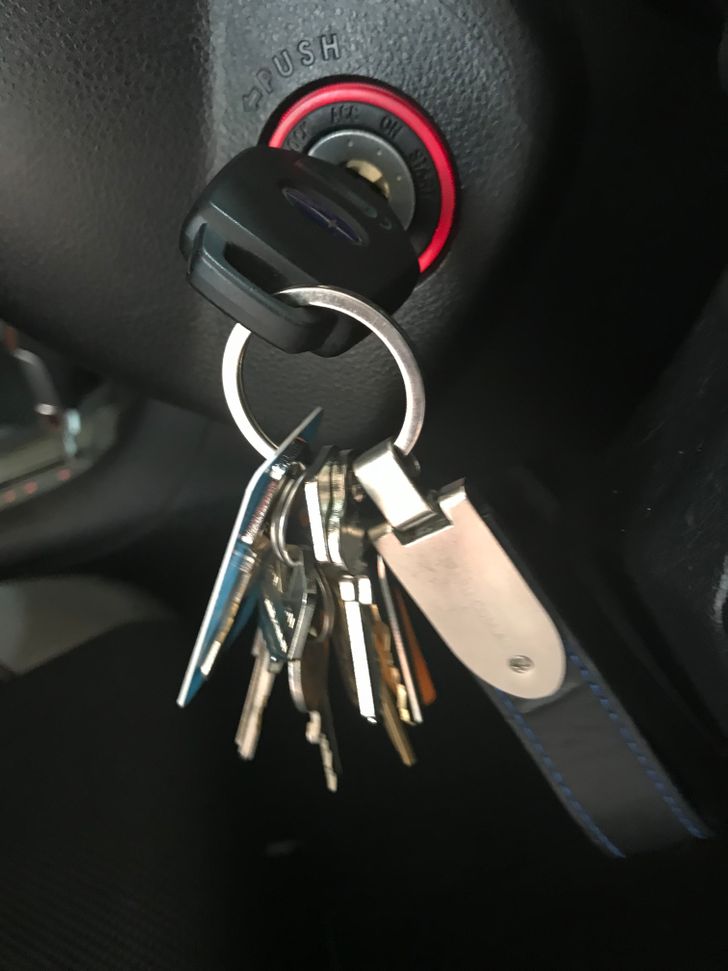
Too many keys can be quite heavy and the weight could potentially damage your ignition switch over time. Separate them; keep just a couple of keys on the car key ring.
Follow the manufacturer’s specification on how often to change the oil — it’s there for a reason. This especially applies to brand-new cars. Some manufacturers use very thin oil when the cars leave the factory, and this oil MUST be changed at about 1,000 km.
The engine always comes with the dipstick, which has the “full” point indicated. Fill it to this level and don’t fill it to the top like a bottle as this will cause catastrophic failure and smoke eminating from all corners of the car.
Even the cleanest petrol has some small particles in it and gravity keeps it at the bottom of your petrol tank. If you drive “on fumes” this residue gets sucked into the engine. Generally speaking, it’s a good practice to fill up the car when it gets to about one-quarter of the tank.
Also, as these are wet pumps, they work best fully submerged.
Not all warning signs are the same for all cars, but, generally, they are color-coded. A green (or sometimes blue) sign is an indication that a particular system is activated. A yellow symbol normally indicates that something needs to be serviced or checked. Red means some sort of serious issue and you should stop as soon as possible because the car may be unsafe to drive.
Generally speaking, if a warning light on the dashboard goes off, do not ignore it and call a mechanic as soon as possible.
Another good practice: check the tire pressure every now and then. If you can feel that a tire might be flat, it’s normally already flat as a pancake and has been like that for a while. Driving with unfilled tires is very unsafe. Plus, it’s wearing the tires very quickly.
If you happen to hit the curb (come on, we all have done it) take the car to a workshop and ask the mechanics to check the balance and alignment. If the wheels are out of balance, then you don’t have good control of your car. Better to be safe than sorry.
If you think that we haven’t mentioned something important, please write about it in the comments. Also, share it with your friends so we all drive safely.

